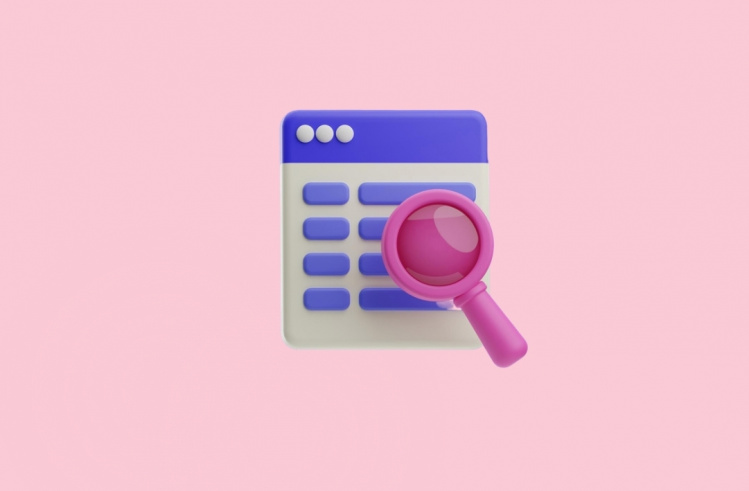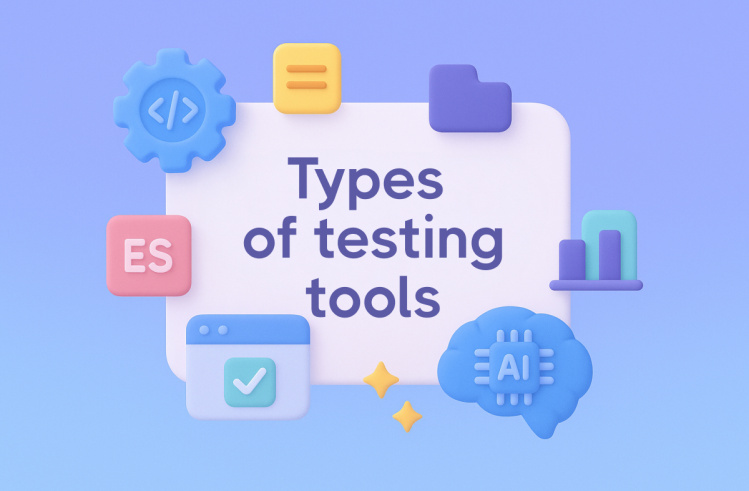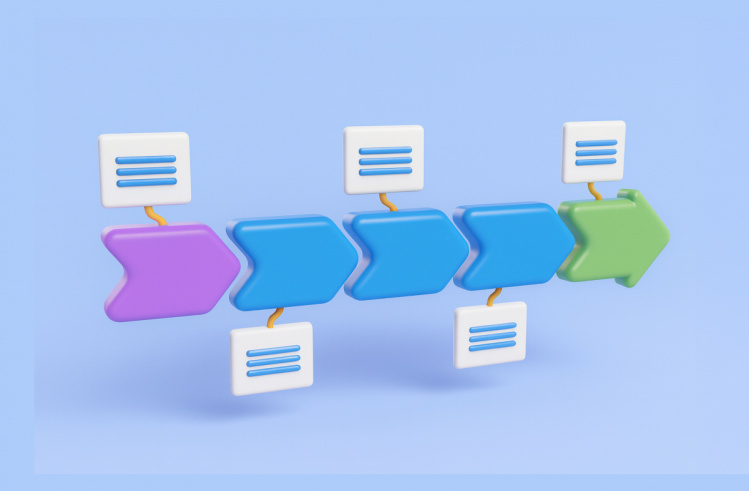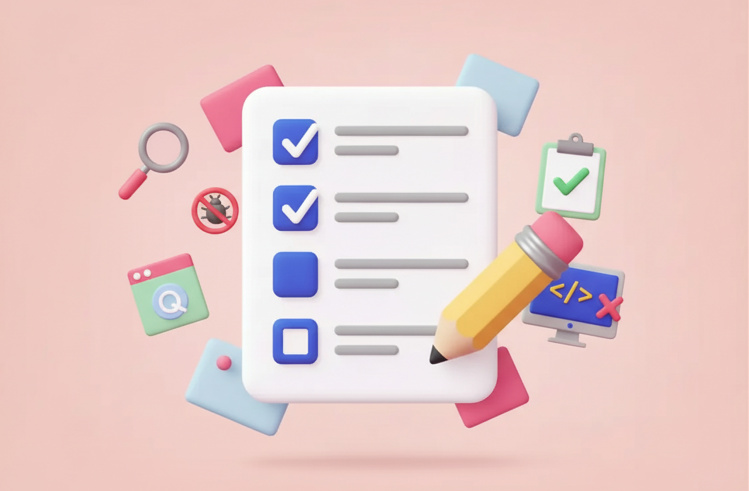RPA stands for Robotic Process Automation. This technology focuses on automating processes that might span across multiple applications, systems, or platforms. It is not limited to just software or API testing. Instead, RPA aims to automate the entire lifecycle of a workflow.
This approach allows teams to build robust automation that includes data creation, environment setup, testing execution, reporting, and teardown. It moves beyond focusing on a single browser or application.
What RPA Does
RPA systems work by interacting with applications using API calls or other existing integration points. They are designed to manage processes across many different systems. For example, an RPA workflow could gather required data from a Google Drive spreadsheet. It could then use that data to set up a testing environment. Finally, it could trigger a test run and post the results directly into a Slack channel or Jira ticket.
Many RPA platforms use visual designers. These interfaces let you drag and drop building blocks to create your automation workflow. This simplifies the process of creating complex automation routines. Adding enhancements like Artificial Intelligence (AI) and Machine Learning (ML) helps these systems process results and respond better to changing conditions.
Core Principles of RPA
RPA tools operate based on several important principles that make them effective and reliable for business processes:
- Rules-Based: Like all software and automation scripts, RPA follows “if this happens, then do that” logic. It uses clear, predefined rules to ensure predictable outcomes.
- Auditable: Every execution run creates an audit log. This log details when the process ran, what the inputs were, what the outputs were, and the final results. This is vital for compliance and for debugging failures.
- Low Code or No Code: Most RPA solutions are designed to minimize the need for heavy coding knowledge. You can handle basic tasks with no code at all. For more robust or complex scenarios, low code allows for greater flexibility.
- Noninvasive: RPA interacts with systems primarily through APIs. You do not need to install injectors or change the underlying application code to automate its processes.
- Scalable: Platforms like N8N offer different tiers, including a free, open-source version that you can self-host. This structure allows teams to start small and scale their automation as their needs grow.
- Flexible: If a needed integration point does not already exist within the platform, you can typically use an HTTP request. This means you can connect virtually any tool or custom API into your process.
RPA vs. Traditional Test Automation
Traditional test automation usually focuses heavily on web apps and browsers. Tools like Playwright or Selenium require some programming knowledge. RPA differs because it focuses on the entire process, including elements outside the browser.
Key Differences and Touchpoints
| Feature | Traditional Test Automation (e.g., Selenium) | Robotic Process Automation (RPA) |
|---|---|---|
| Primary Focus | Browser or Web Applications (UI/API) | Processes spanning multiple applications and systems |
| Coding Style | Requires knowledge of programming languages | Low code or no code, visual drag-and-drop |
| Scope of Automation | Testing logic and verification | Data creation, environment setup, testing, reporting |
| Maintenance Focus | Updating selectors, objects, and test scripts | Versioning and security updates for integration points |
RPA touches traditional testing by automating the activities surrounding the test run. This could include automating DevOps tasks. RPA can manage the creation and destruction of testing environments in the cloud. It can set up necessary data before the test starts. This holistic view of automation significantly reduces the overall effort required from the team.
Benefits and Challenges of RPA
Adopting RPA offers powerful advantages, but it also presents specific challenges that teams must prepare for.
Benefits of Using RPA:
- Process Coverage: You automate the full business process, not just the testing part of one application.
- Reduced Overall Effort: Automation of setup, data creation, and reporting saves time for DevOps, QA, and business analysts.
- Flexibility: You can easily combine different technologies and external services, even if they are not natively supported.
- Faster Feedback Cycles: Automated orchestrating and reporting ensure that stakeholders receive meaningful information quickly.
- Scheduling and Orchestration: You can schedule any task related to the process, allowing for more comprehensive and reliable automation runs.
Challenges of Using RPA:
- Learning Curve: It takes time (maybe a few days) to find your footing and understand the platform’s specific structure, especially tools like N8N.
- Error Handling Complexity: Because workflows are end-to-end, you must carefully design your process to anticipate and handle unexpected scenarios in different systems.
- Dependencies: The workflow depends on the integration points and their versions remaining compatible.
- Specialized Skills: While low code reduces programming needs, understanding how to design efficient, interconnected systems still requires specialized knowledge.
N8N: The Versatile Automation Platform
N8N (often pronounced “Nathan”) is one specific, popular, and highly flexible RPA tool. It is an open-source platform that allows users to self-host and customize their automation flows.
Why N8N?
N8N uses visual workflows composed of modular building blocks called nodes. This visual approach makes designing and understanding complex processes much simpler than writing code.
Key advantages of using N8N include:
- Visual Workflow Building: The drag-and-drop interface speeds up development.
- Code Flexibility: You can use various code types within nodes, and self-hosting allows for running parallel systems (like Docker containers) to support different technologies.
- Community Nodes: A strong community constantly develops new nodes for integrations, such as Playwright, Jira, and Google Drive.
- Technical Depth: Compared to simpler tools like Zapier, N8N allows users to dive deeper into technical adjustments and tuning if necessary.
Integrating AI and Machine Learning
The biggest advantage of using modern RPA platforms like N8N is the direct integration of AI. AI agents can be added as steps within your workflow. This allows the system to make decisions based on context rather than just fixed rules.
For example, an AI agent can read a Product Requirements Document (PRD) and a new bug report. It can then assess whether the reported issue violates the requirements. This capability saves significant time for product owners and business analysts who normally review every bug manually. The AI agent can even be prompted to write preliminary test cases to cover the missed scenario.
Implementation Strategies and Best Practices
Implementing RPA effectively requires careful planning and a focused strategy. You cannot simply automate without thought.
Planning Your RPA Workflow
Start every RPA project with clear planning. You should map out the entire workflow before touching the tool.
- Assessment: Determine what is truly worth automating. If a process runs only three times a year, the effort to automate it might be greater than the manual execution time.
- Look Across Systems: Map out every system involved, including where the input data comes from and where the output information goes.
- Define Integration Points: Understand the data format that passes between systems. This step is critical to ensure seamless integration.
- Proof of Concept (Pilot): Run a small pilot to confirm that the system provides the data you need in the correct format. This helps identify early mitigation points.
- Scalability Check: Ensure the process you build can scale. If you need to run 30 instances simultaneously, the design must handle that load effectively.
Modular Design and Error Handling
To maximize maintainability and avoid large, complex workflows, follow a modular design approach.
- Layered Approach: Build smaller, dedicated workflows rather than one massive process. You can chain these smaller components together using appropriate triggers. This helps prevent the entire system from breaking if one small element fails.
- Modular Components: Create reusable components. For example, a “Generate Test Data” workflow can be used by multiple different testing flows.
- Prioritize Error Handling: Design error handling into the workflow from the beginning. Decide what action the system should take on failure: send a Slack message, email a notification, or automatically create a Jira ticket.
- Automated Reporting: Do not stop at test execution. Use RPA to adjust test report outputs into a format that is meaningful for the business. This saves time analyzing raw test results.
- CI/CD Integration: Use RPA to manage your environment setups within your continuous integration/continuous deployment (CI/CD) pipelines. This ensures environments are spun up, tested, and destroyed automatically, which helps lower cloud infrastructure costs.
Avoiding Common Pitfalls
Successful RPA implementation avoids mistakes common in any automation project.
- Fragile Automation: Do not rely only on simple selectors for UI automation nodes. Build robust automation that incorporates features like AI and improved locators.
- Tool Sprawl: Avoid using new tools just because they exist. Try to converge and reuse existing tools and processes where possible to simplify maintenance.
- Ignoring Maintenance Costs: Maintenance is where many automation projects fail. Plan for the ongoing cost and effort required to keep the RPA workflows running smoothly as underlying systems change versions.
Real-World Use Cases for RPA in Testing
RPA capabilities move testing far beyond simple validation:
- End-to-End Testing: Automate the entire process, including data creation and environment setup, before the core test execution begins.
- Regression Testing Setup: Create workflows that automatically spin up and tear down environments, gather necessary data, run regression tests, and format the final reports.
- Cross-Application Testing: Pull data from one application (like a sales database) and push it into a different application (like an SAP system) for processing or testing.
- AI-Enhanced Decision Making: As demonstrated, use AI to assess the validity of bugs or to automatically generate preliminary test cases based on project documentation.
Example Workflow: Automating Bug Analysis with AI
Let’s look closely at how N8N can automate the process of verifying a bug using AI, reducing manual review time.
The goal of this workflow is to determine if a newly reported bug is valid according to the official Product Requirements Document (PRD).
- Trigger: The process starts when a new bug is created in Jira. N8N is constantly listening for this event.
- Attachment and PRD Fetch: N8N gathers any attachments (like screenshots) from the Jira ticket. It also accesses the latest PRD document stored in a service like Google Drive.
- AI Assessment: An AI agent (e.g., via Open AI integration) assesses the issue. The agent compares the bug description and attachments against the rules defined in the PRD.
- Decision Branch (Bug is Valid): If the AI determines the bug is valid, N8N performs two actions:
- It updates the Jira ticket status to “In Progress.”
- It uses the AI agent to write the bones of new test cases needed to cover this missed scenario. It uses the PRD context to define the necessary steps and data.
- Decision Branch (Bug is Not Valid): If the AI determines the bug is invalid or lacks information, N8N performs different actions:
- It adds a comment to the Jira ticket explaining why it is not an issue (based on the PRD).
- It moves the ticket status to “Done” or assigns it to a BA for review.
This workflow turns a manual assessment task into a continuous, automated process. It ensures that only validated, relevant issues reach the development team, saving significant resources.
The Future of Automation
The integration of AI and machine learning into RPA is already changing how we automate. AI agents act as smarter executors that can make decisions based on complex context.
Low-code platforms and AI agents help define inputs and outputs, rather than requiring complex code structures. This democratizes automation, allowing more members of the team to contribute to process efficiency. The focus shifts from writing scripts to effectively writing prompts and defining context.
The ability of RPA to automate tasks outside traditional software scopes, such as data gathering, environment setup, and external systems integration, makes it an essential tool for creating efficient, cost-effective, and fully automated business processes.
Conclusion
RPA tools like N8N offer a powerful way to expand your automation capabilities beyond traditional API and UI testing. By automating the full scope of activities—from data preparation and environment setup to smart reporting and bug analysis—you achieve unprecedented efficiency. This modular, low-code approach provides flexibility, scalability, and faster feedback cycles for the entire organization. Start thinking about your testing process as a series of interconnected workflows. By applying RPA principles and adopting tools like N8N, you can build automation that truly covers the entire process. Consider where your team spends manual effort outside the actual testing phase, and use N8N to automate those supporting activities.








